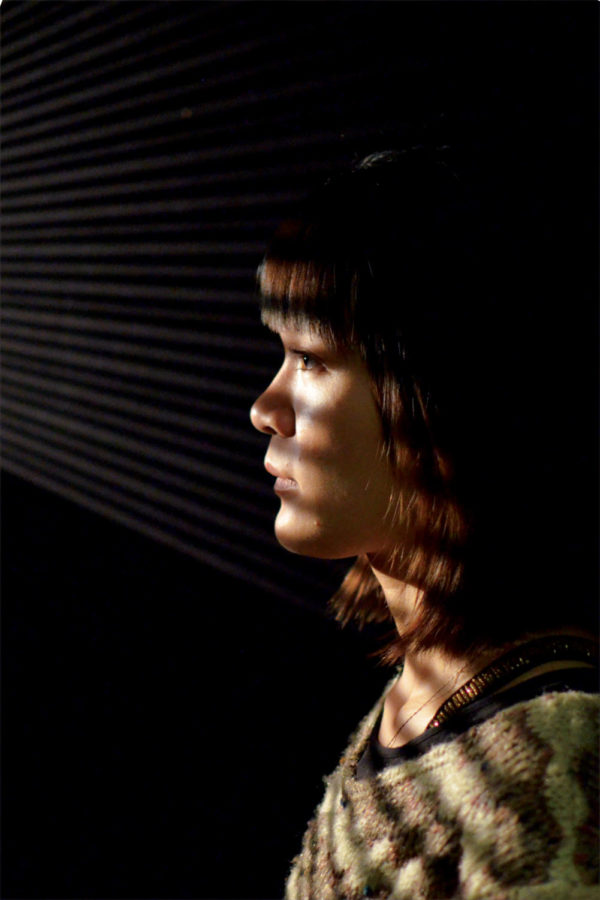Sizing consumers up: Body-scanning technology drives fashion design
February 19, 2012
Technology is a new driving force for creativity and functionality in the world of fashion.
Proof of this exists within the walls of LeBaron Hall at Iowa State: a 3-D body scanner that has been here since 2008 and is primarily used by the apparel, events and hospitality management department.
The scanner itself looks like a large box, similar to ones seen in airport security.
Fatma Baytar and Young-A Lee, assistant professors of apparel, events and hospitality management, said this particular kind of scanner utilizes 32 white-light cameras. It has the ability to take more than 400 measurements of a person’s body — who is preferably wearing tight-fitted clothing — and translate them into a true-to-scale 3-D body model within eight seconds.
Once the 3-D body model is finished, it can be used to make garments that fit each person perfectly. This would allow consumers to choose the designs they want without compromising on a size that does not fit exactly how it should or how they want it to.
“Jeans are usually made to fit taller people’s shape, so it would be nice to have a pair that would complement my shape instead,” said Wylie Reimer, freshman in apparel, merchandising and design. “I think the scanner is going to take the size system away, making custom fit the next step in the industry.”
Although custom fit is ideal, the scanner also can be used to collect accurate measurements from a large number of people so that designers can update their current sizing for ready-to-wear clothing.
The measurements can help to develop realistic online avatars, as well as allow consumers to virtually “try on” clothing.
Within Iowa State, professors of apparel, events management and hospitality are utilizing the 3-D technology to conduct research and teach their students to explore the possibilities it facilitates.
“The use of emerging technologies will enhance students’ creative thinking skills and their ability to incorporate their innovative ideas to develop new products such as innovative and sustainable clothing,” Lee said.
Textile and Clothing 521: Digital Textile and Apparel Design is the graduate class that allows students to use the scanner for projects and assignments. For one assignment, students had to use the scanner’s data to improve the function of a particular garment.
Baytar also uses the scanner in her research to develop a virtual “try-on” feature and to investigate the potential of technology to convert consumers into the designers of their own products.
“I am curious to understand the relationship between empowering the consumers with technologies and clothing consumption,” Baytar said. “Greater engagement in the process of getting clothes might change the way we value them. Therefore we can make more educated purchases and produce less waste.”
The technology of the 3-D body scanner will continue to develop and improve the fashion industry. Lee said it will also impact various industries including gaming, animation and medical fields.
“I hope ISU students would be interested in joining our research and teaching activities and learning about scanner applications experientially,” Baytar said.

















